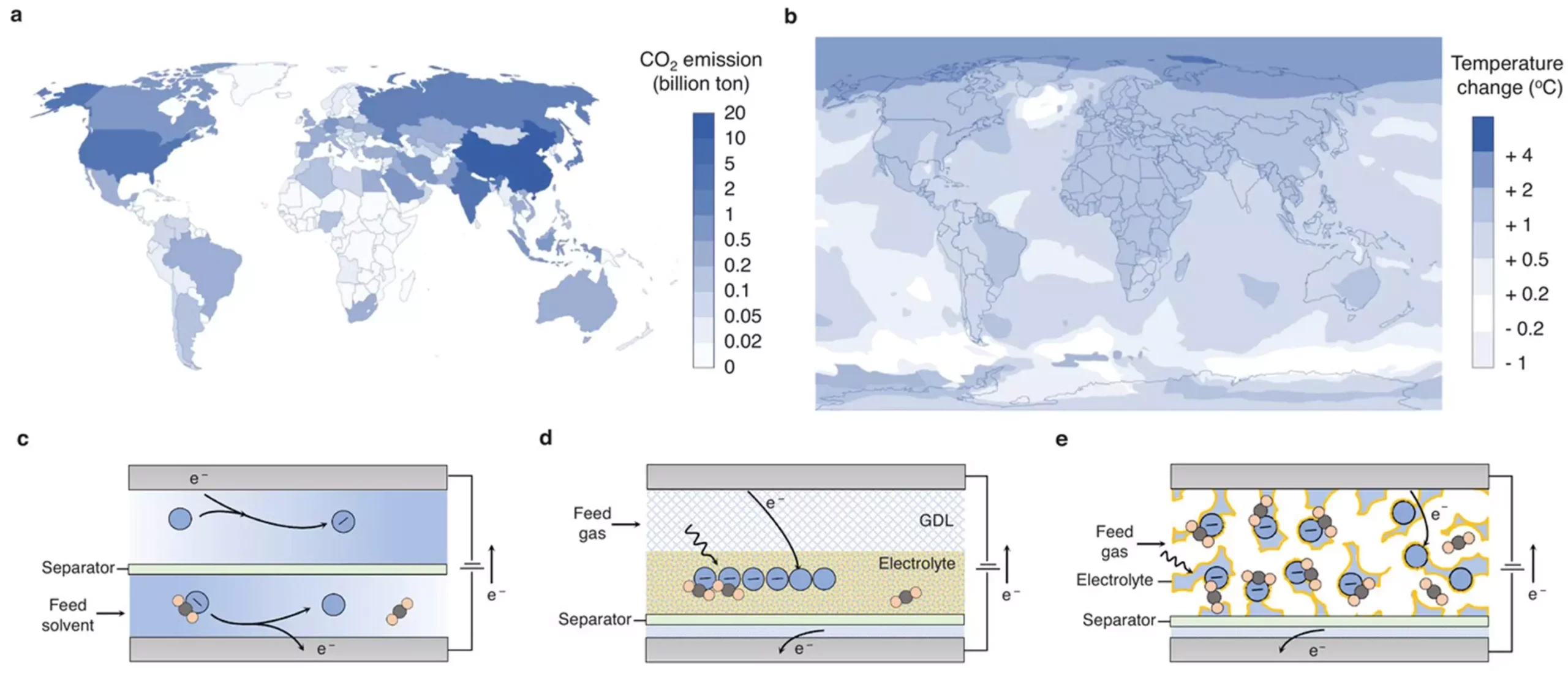The pressing challenges posed by climate change have spurred a wave of innovative solutions aimed at reducing greenhouse gas emissions, especially carbon dioxide (CO2). Our latest advancements in materials science have led to the creation of an novel approach that significantly enhances the efficiency of CO2 capture, setting the stage for a transformative shift in how we address environmental sustainability. The breakthrough, detailed in the esteemed journal Advanced Materials, centers around a new category of capture materials known as porous polymeric electrodes (PPEs).
The Science Behind the Innovation
At the helm of this impressive research initiative was Professor T. Alan Hatton, who, alongside his research team, engineered these electrodes using a unique combination of materials that are not only effective but also readily available. The core structure comprises melamine foam, coated in polyvinyl alcohol, and integrated with carbon nanotubes and quinone molecules. This intricate architecture facilitates superior interactions between CO2 and the material, while also enabling efficient gas transport.
This multi-faceted design results in electrodes that vastly outperform traditional carbon capture methods. By maximizing the active surface area and optimizing gas flow dynamics, the PPEs boast an impressive CO2 capture capability of 30–80 kg per cubic meter per day, a remarkable enhancement over previous technologies that lagged significantly in performance.
One of the most encouraging aspects of our research lies in the robustness of the porous polymeric electrodes. They have shown impressive durability, maintaining high capture performance across over 100 cycles of CO2 capture and release. This longevity, combined with their effectiveness in humid conditions, suggests that these electrodes could be viable for deployment in diverse environments, thus addressing a significant barrier to the real-world application of carbon capture technologies.
Moreover, the elimination of separate gas diffusion layers not only streamlines the design of these capture systems but also reduces potential costs. This compactness could pave the way for more accessible and scalable carbon capture solutions applicable to both direct air capture initiatives and reductions in emissions from industrial processes.
While these findings are undeniably promising, the journey does not end here. There remains a crucial need for optimization tailored to various operational conditions, in addition to scaling up production for commercial application. In light of the latest reports from the Intergovernmental Panel on Climate Change (IPCC), which underscore the urgency of embracing effective carbon capture technologies, our research emerges at a pivotal moment in the fight against climate change.
As businesses and governmental agencies worldwide fervently seek strategies to curb emissions, our porous polymeric electrodes could serve as a vital component in achieving global net-zero targets. This innovative advancement represents not just a technical achievement but a beacon of hope in the collective pursuit of environmental sustainability. Continued investment and research into such transformative materials will be essential for realizing a sustainable future where carbon capture plays an integral role in our fight against climate change.

